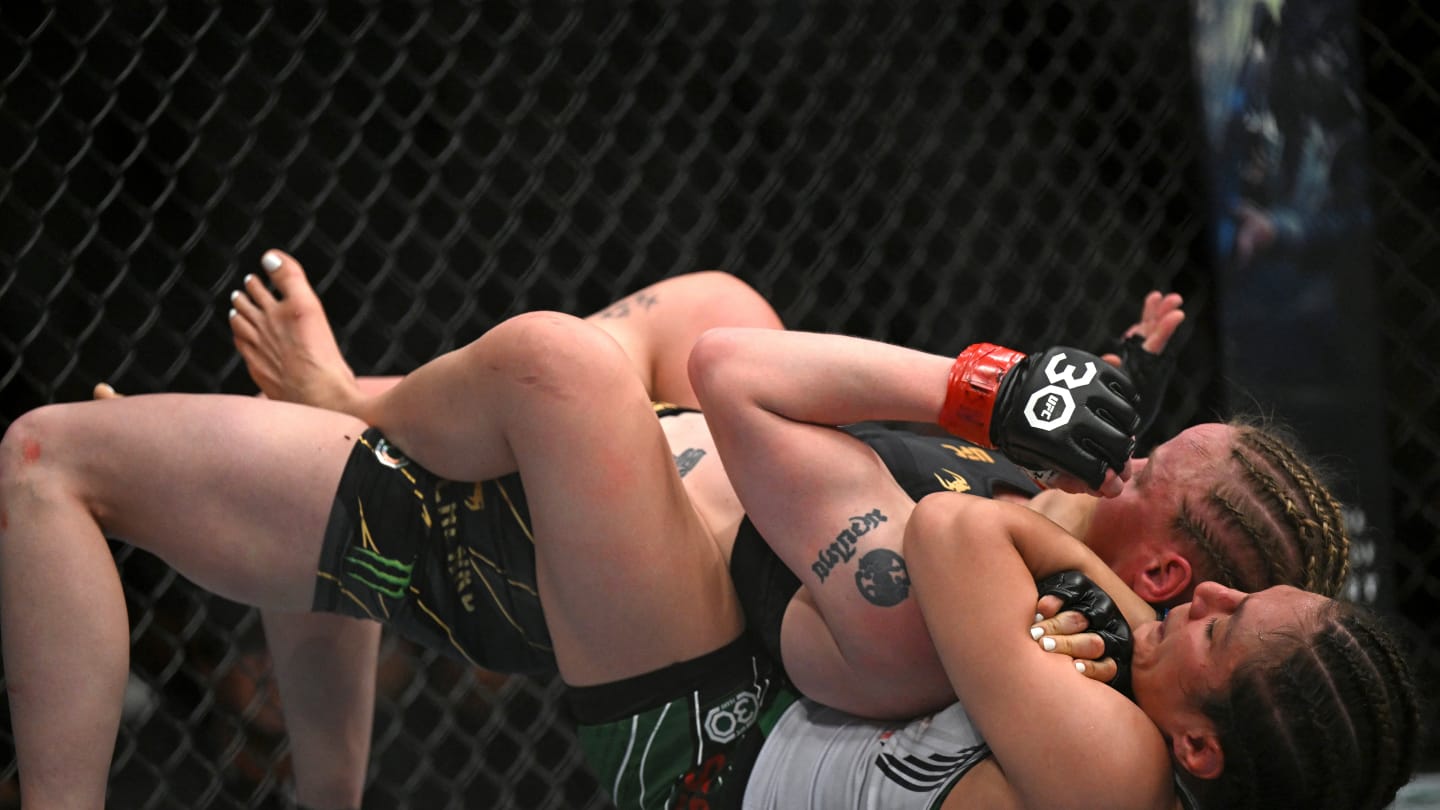
As a lifelong fan of Mixed Martial Arts (MMA), I have been fascinated by its evolution from simple combat sports to the complex and dynamic discipline it is today. Having grown up watching wrestling matches in ancient Rome depicted in history books, I never could have imagined that one day, various martial arts techniques would be combined into a single sport and put on display in a cage or ring with clearly defined rules.
Mixed Martial Arts represents the fusion of diverse combat sports techniques, enclosed within a cage or ring, and governed by distinct regulations. The concept of competitive fighting traces back to ancient civilizations, notably Greek and Roman wrestling. Since then, how has this evolved into today’s dynamic MMA? A pivotal moment was when fighters started mastering multiple disciplines, leading to the true emergence of MMA. As time progresses, MMA continues to develop and adapt; its future direction remains an intriguing question.
During the mid-2000s, different terms such as “no-holds-barred combat,” “vale-tudo (meaning ‘everything goes’ in Portuguese),” and “mixed martial arts” were used interchangeably to refer to the same style of fighting. The weight classes during this period were inconsistent and undefined. A fighter could win a middleweight title at 135 pounds in one promotion, while competing as a lightweight in another promotion.
Since the 1920s, Vale Tudo, a combat sport from Brazil, has gained significant recognition. An influential fight occurred in 1951 between Helio Gracie, the founder of Brazilian jiujitsu, and Masahiko Kimura, a Japanese Judo expert, held in Rio De Janeiro. In the end, Kimura secured victory through a shoulder lock maneuver, which later became famously known as the “Kimura lock.”
In 1993, Suzuki and Funaki, two Japanese professional wrestlers, established Pancrase with a name inspired by the ancient Greek martial art Pankration. They instituted specific guidelines: no striking with open hands to the head, prohibition of head stomps or using knees on a downed opponent’s head, allowing the ropes to be used for escaping submission holds, and implementing a 10-count if either was knocked down.
Shooto’s Japanese MMA promotion was established in 1985. It’s commonly believed that MMA originated in Japan due to their effective promotion and broadcasting of the sport. However, the UFC held its first event in 1993, which was won by Royce Gracie, demonstrating the significance or dominance of ground fighting within the sport.
Initially, it was a battle between distinct fighting styles or specialists, leading to clashes between strikers and grapplers. A notable example is Ronda Rousey’s armbar against various opponents. However, as the sport progressed, fighters had to adapt and become well-rounded to remain competitive. Figures like Urijah Faber and BJ Penn exemplified this trend. Nate Diaz, who was versatile in both striking and grappling, defeated Conor McGregor, a renowned striker. Over time, all top fighters needed to be well-rounded yet possess a specialization. Valentina Shevchenko, with her formidable striking abilities and wrestling skills, is an example. Alexa Grasso, another contender, showcased her boxing strength but choked out Shevchenko to claim the championship. Sean Strickland combined impressive striking techniques with effective anti-wrestling. The sport continues to evolve in a fascinating cycle, with stylistic matchups leading to captivating fights.
What will be the new pattern in the future of Mixed Martial Arts?
In simpler terms, How might mixed martial arts (MMA) evolve in the future, and what strategies could fighters adopt in 2024 to stay competitive as well-rounded athletes seem to prevail?
As a dedicated gamer and an avid follower of mixed martial arts (MMA), I can’t help but notice the relentless pursuit of excellence amongst fighters. The competition is fierce, with each athlete striving to outdo the next. Knockouts from powerhouses like Alex Pereira leave us in awe, while submissions from jiujitsu specialists such as McKenzie Dern demonstrate the depth of skill and strategy in this sport.
Read More
- Clash Royale Best Boss Bandit Champion decks
- Mobile Legends January 2026 Leaks: Upcoming new skins, heroes, events and more
- Vampire’s Fall 2 redeem codes and how to use them (June 2025)
- Clash Royale Furnace Evolution best decks guide
- Clash of Clans January 2026: List of Weekly Events, Challenges, and Rewards
- M7 Pass Event Guide: All you need to know
- Brawl Stars Steampunk Brawl Pass brings Steampunk Stu and Steampunk Gale skins, along with chromas
- Best Arena 9 Decks in Clast Royale
- Mobile Legends: Bang Bang (MLBB) Sora Guide: Best Build, Emblem and Gameplay Tips
- How “Hey Grok” turned X’s AI into a sexualized free-for-all
2024-07-16 00:13